Target 75
Sector Definitions
Target 75 Sectors
These 13 key seafood sectors are the focus of SFP’s Target 75 initiative, which aims to ensure that 75 percent of seafood (by volume) in these sectors is either sustainable or making regular, verifiable improvements. Together, the T75 sectors cover most of the main types of seafood consumed in North America and Europe, and a significant portion of what is consumed in Japan.
The definitions below include the scope of each sector, based on a combination of market and biological similarities of the species that fall within that sector. Some sectors may be narrower and easier to define (e.g., squid, or coldwater crab), due to the characteristics of their respective markets, while others may be quite complex (e.g., marine ingredients). In 2021, we revised some of the sectors, resulting in the expansion or reduction of their scope.
The definitions also include links to any related SFP Supply Chain Roundtables (SRs), which bring together major buyers and importers in a specific seafood sector to work together pre-competitively to scale-up individual efforts for global reach and policy impact
Coldwater Crab
This sector comprises all crabs from coldwater regions and waters, as well as deep-sea crabs from tropical/temperate regions. All production is from wild fisheries. Coldwater crabs are mostly traded frozen. North America (United States) and Asia are the most important end markets, while Russia and Canada are the main exporters of this commodity.
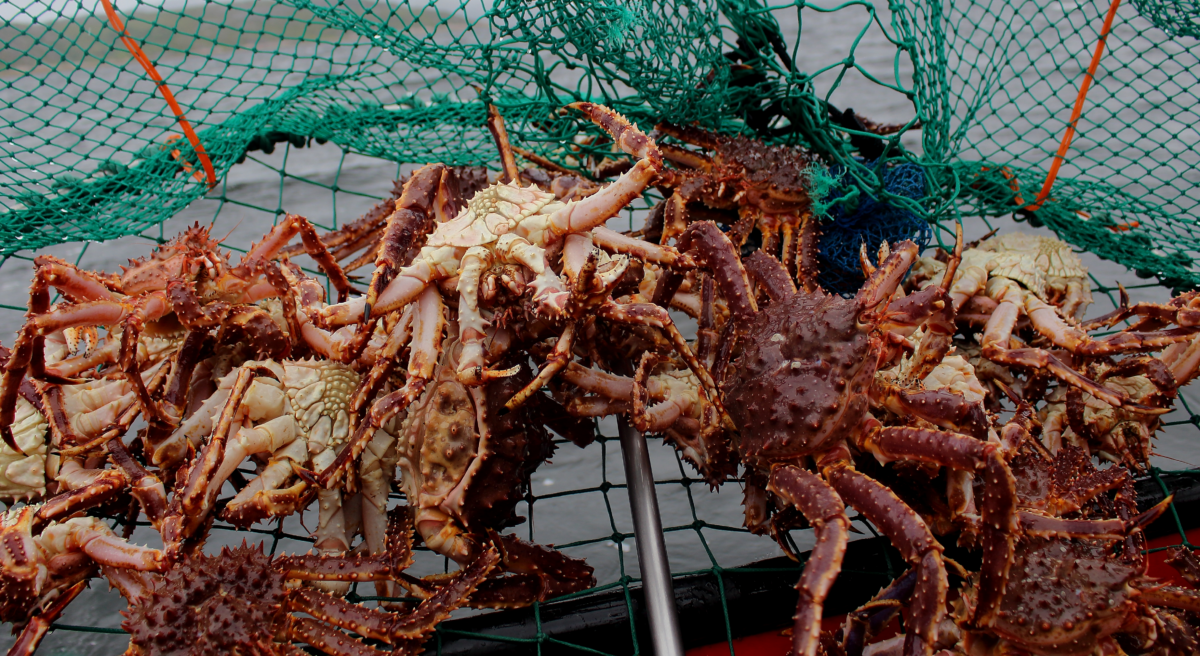
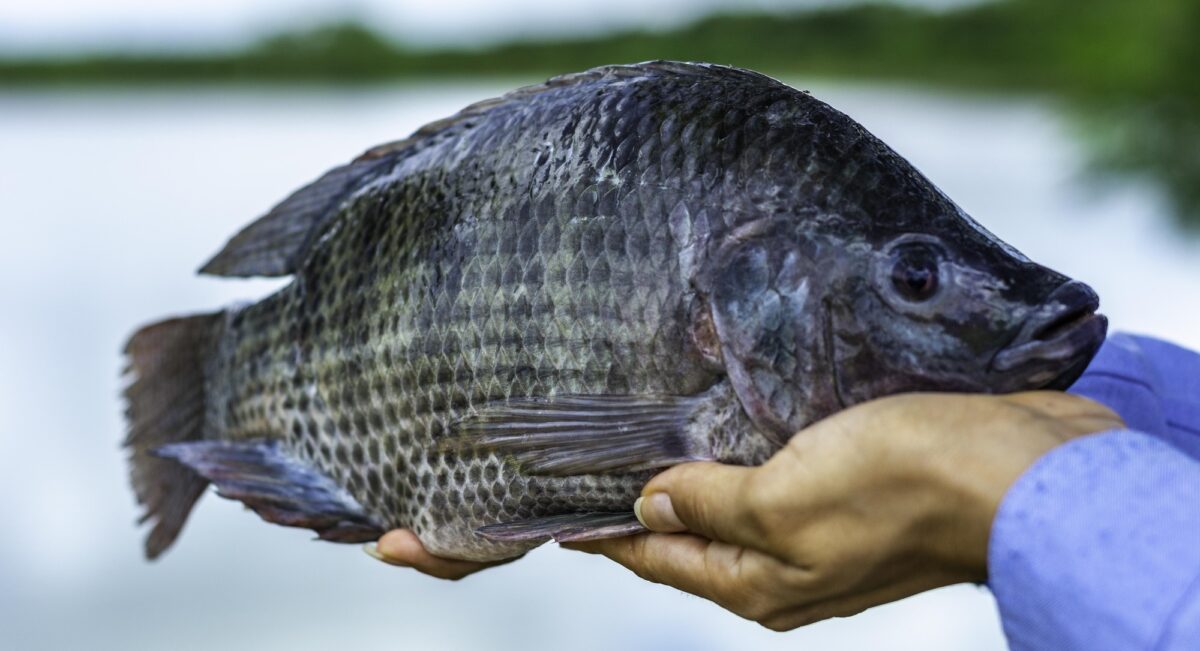
Farmed Whitefish (Tilapia/Pangasius)
The updated farmed whitefish (tilapia/pangasius) sector includes all species of tilapia (i.e., Oreochromis spp. and Tilapia spp.) and pangasius (Pangasius spp.), from farmed production only. Nearly three-quarters of the production comes from Asia, with the majority exported into the US and European markets.
Large Pelagics
This sector includes mahi-mahi (Coryphaena hippurus, generally reported as mahi, dolphinfish, perico, or dorado) and swordfish (Xiphias gladius). Both species are mostly traded fresh/chilled or frozen. The United States is the major market, while European countries are also key importers of swordfish. This sector was included in the T75 initiative in 2018, whereas the other sectors were included in 2017. Swordfish was included in the sector in 2021.
Related SR: Global Mahi
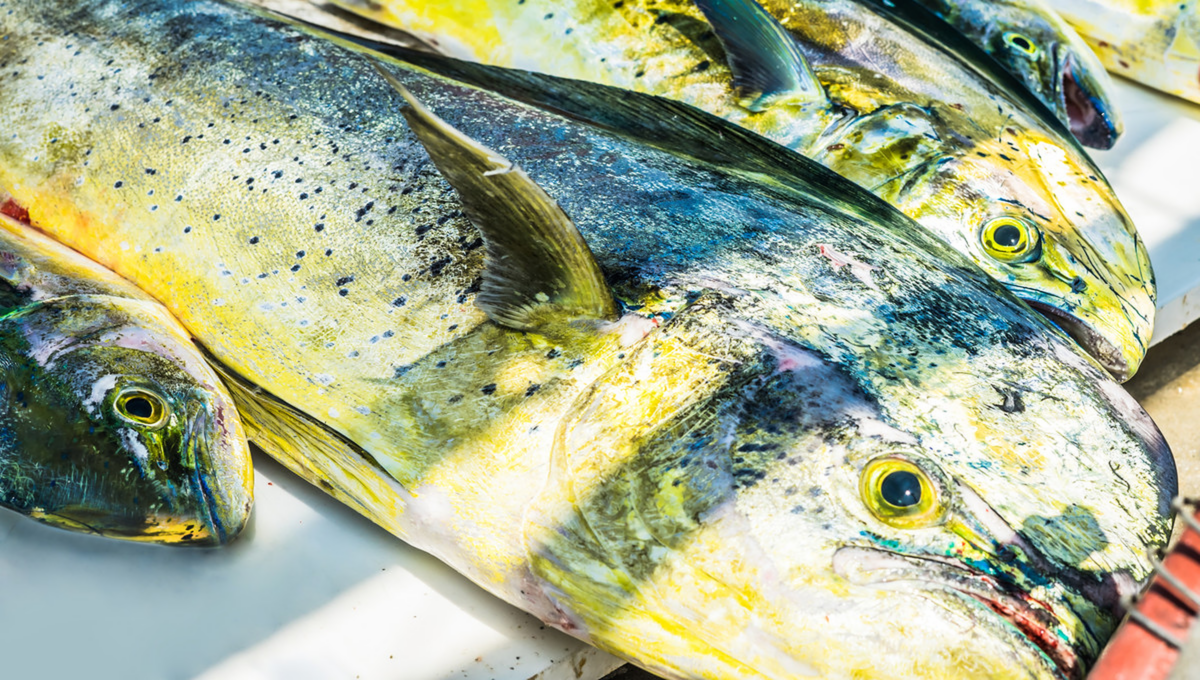
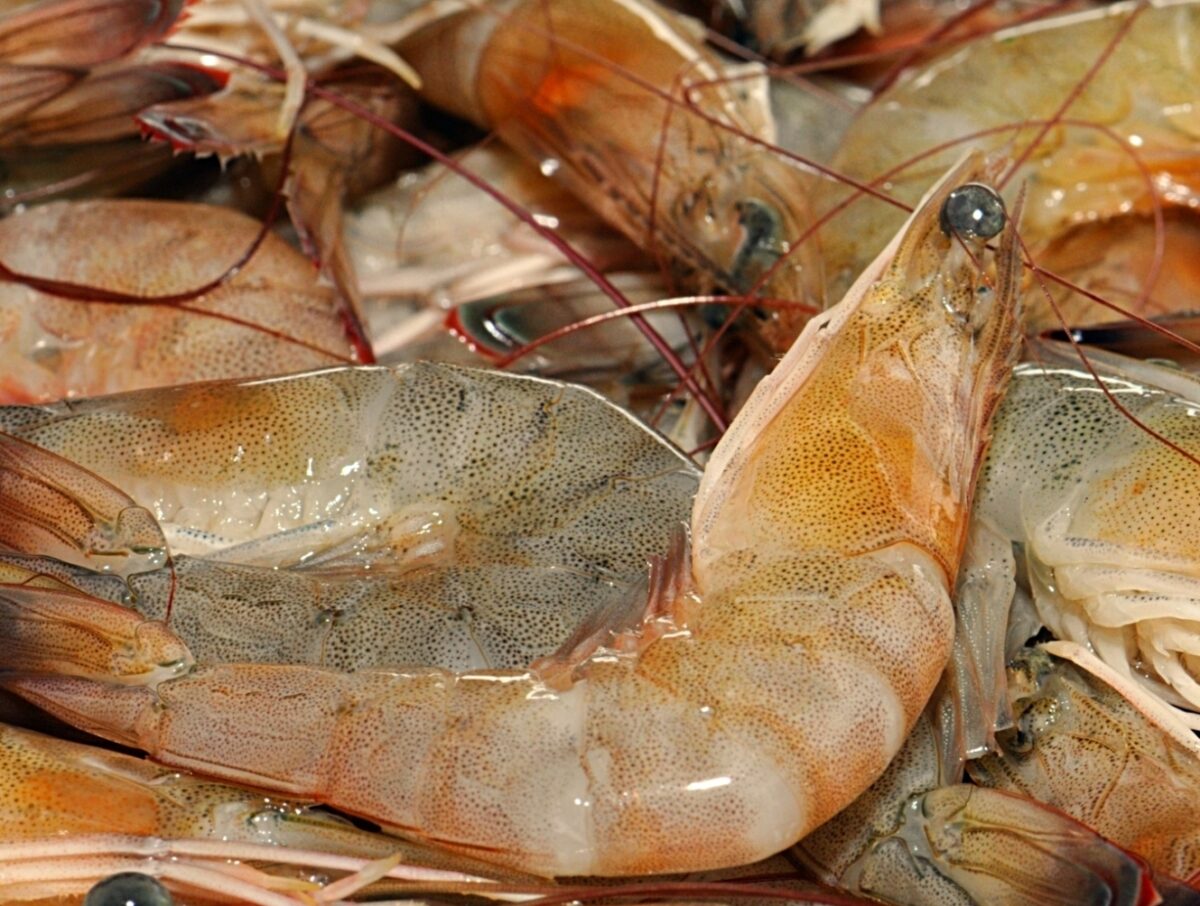
Large Shrimp
This sector comprises all shrimp/prawns that meet the criteria to be large shrimp, which is larger than 100 shrimp per pound in body size. It consists primarily of farmed shrimp and wild warmwater shrimp, but also includes larger coldwater shrimp, such as Argentine red shrimp and spot prawns that are used in a manner more similar to large warmwater shrimp than small coldwater shrimp. The top producers of large shrimp are in Asia (e.g., China, Indonesia, India, Vietnam, and Thailand), mostly from farmed production. Most of the exported large shrimp ends up in the US, Asian (China and Japan), and southern European (Spain, France, and Italy) markets.
Related SRs: Asian Farmed Shrimp, Mexican Shrimp, US Gulf of Mexico Shrimp
Octopus
The octopus sector comprises all octopus species (families Octopodidae, Eledonidae). Octopus is mostly traded fresh/chilled or frozen; only small volumes are traded prepared or preserved. The most important end markets for octopus are the European Union and the United States. Asia is an important market for small (“baby”) octopus.
Related SR: Global Octopus
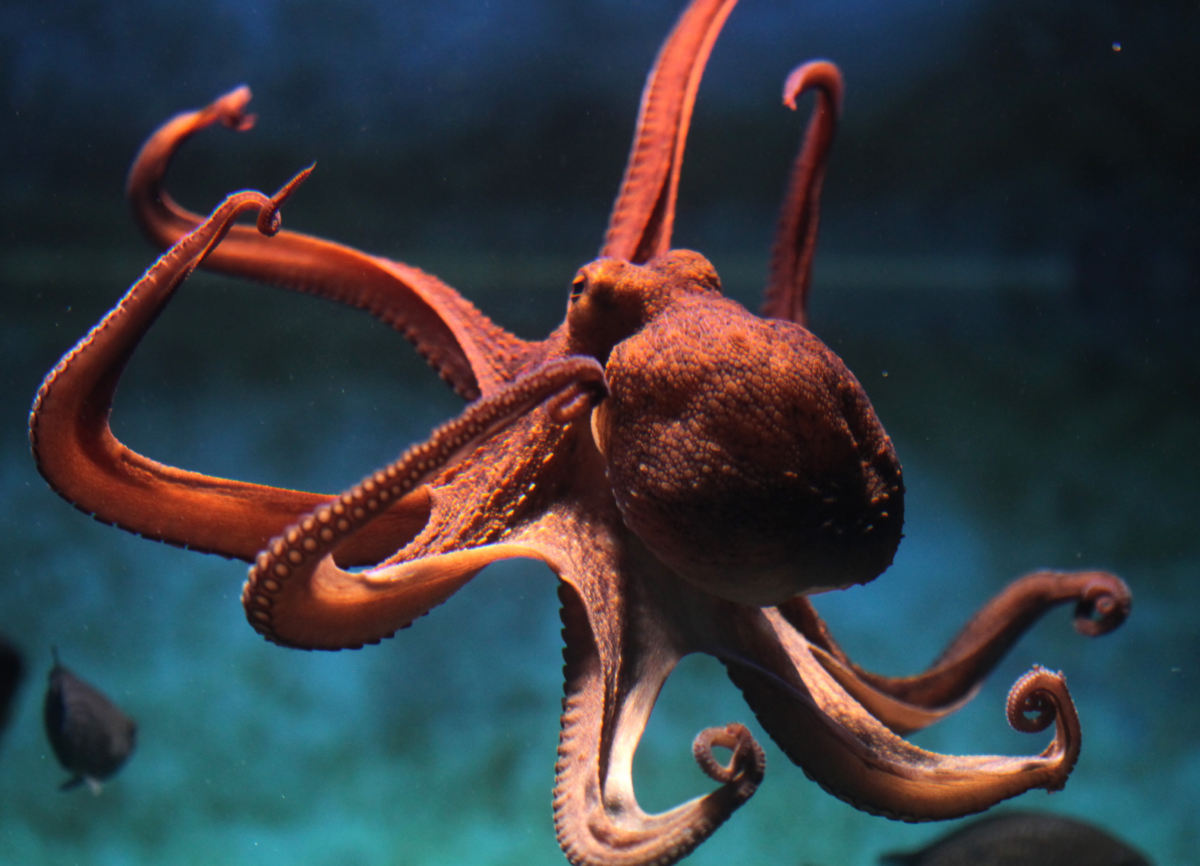
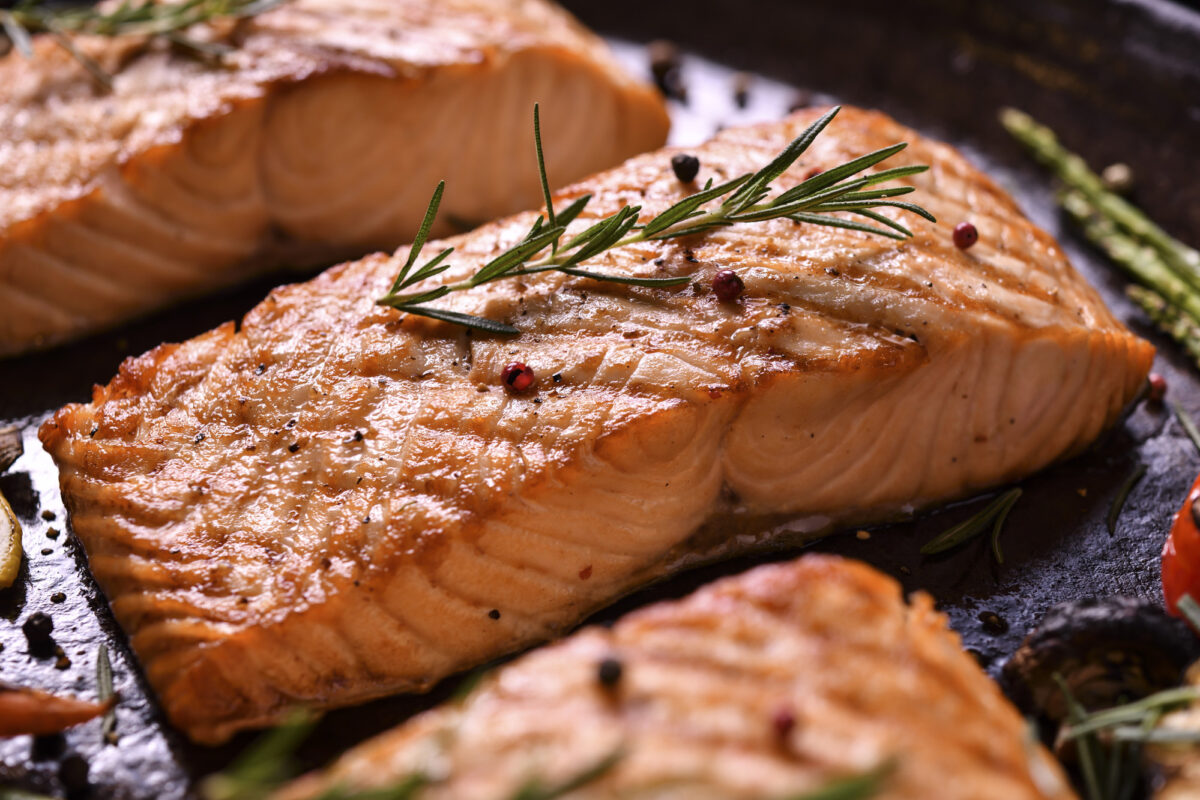
Salmon
This sector includes all salmon that is sold fresh or frozen (farmed Atlantic salmon predominates, but also wild and farmed Pacific salmon) or in shelf-stable form. It also includes some species and sources of salmon-like species (e.g., trouts, chars) that can substitute for salmon in the market. Norway, Chile (mostly farmed salmon), Russia, and the United States (mostly wild Pacific salmon) are the top salmon producers, accounting for more than 80 percent of the total production. The most important end markets for salmon are the United States, the European Union, and Japan.
Small Shrimp
This sector comprises all shrimp/prawns that meet the criteria to be considered small shrimp. The sector consists primarily of wild coldwater shrimp, often referred to as “salad” or “popcorn” shrimp. This sector also includes small warmwater shrimp, such as seabobs, and a few additional small shrimp species, as their market usage is more similar to coldwater shrimp than warmwater shrimp. More than three-quarters of the small shrimp production comes from four countries: Norway, Chile, the Russian Federation, and the United States. Most of the small shrimp is exported to the Japanese and European markets.
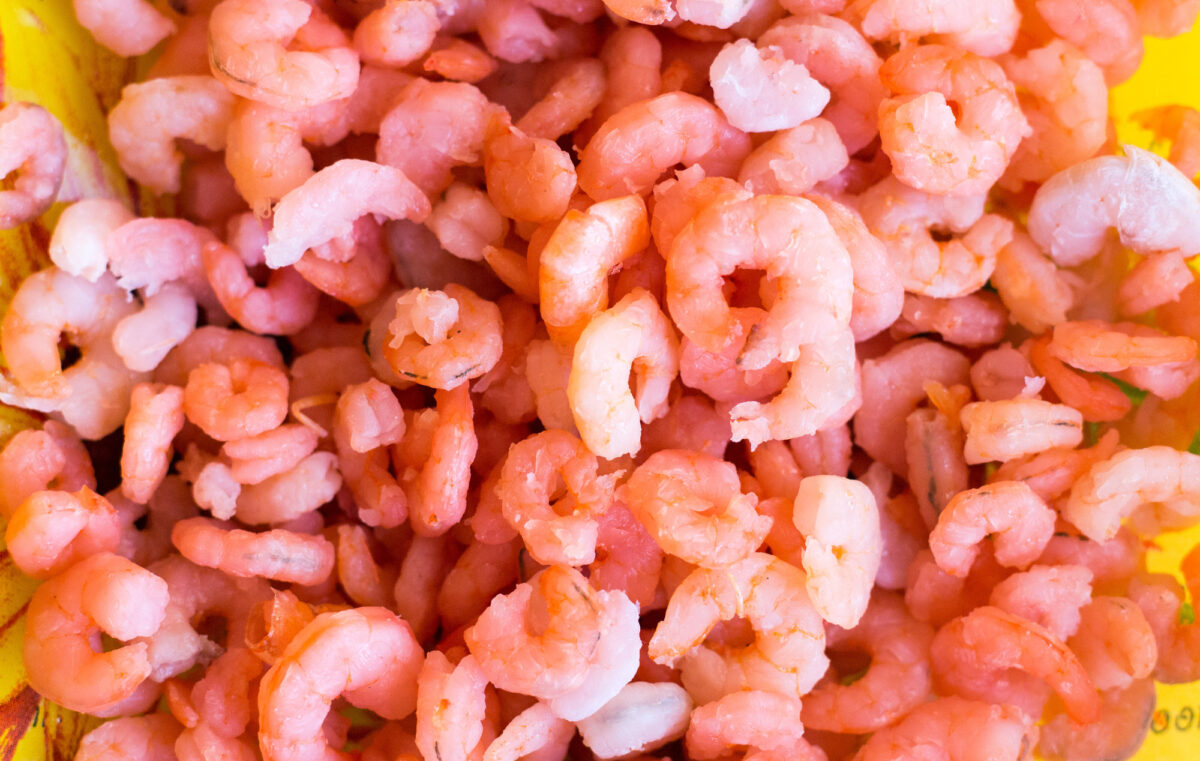
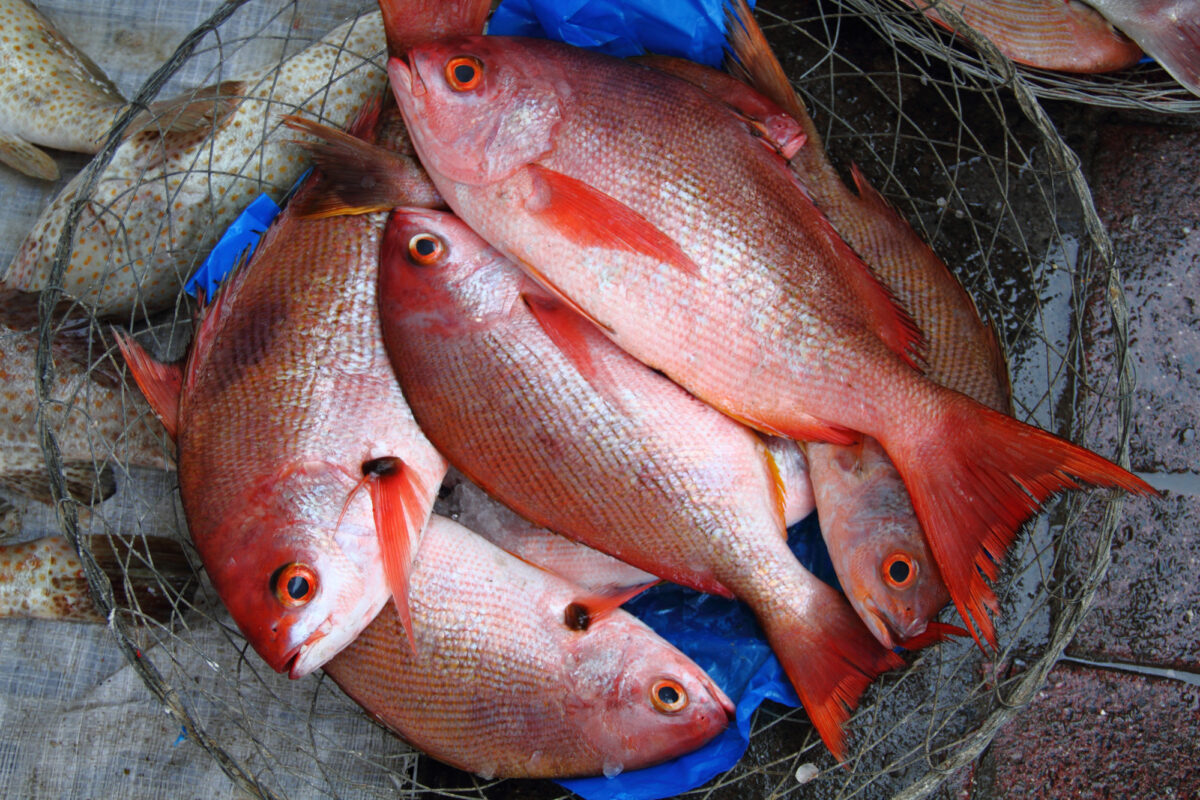
Snapper and Grouper
This sector comprises all wild and farmed snapper (Lutjanidae family) and grouper (Serranidae family) species, and similar reef fish. Most snapper and grouper species are coastal demersal fish, generally associated with hard-bottom habitats (rocky or reef areas). Both snapper and grouper are highly valuable fish for the US, European, and some Asian markets. These species are generally traded live, fresh (or chilled), or frozen.
Related SRs: Indonesian Snapper and Grouper, Mexican Snapper and Grouper
Squid
This sector comprises all squid species (families: Gonatidae, Loliginidae, Ommastrephidae, Onychoteuthidae). Squids are mostly traded fresh/chilled or frozen, with southern Europe (Spain, Italy, Portugal, and France ), Japan, and China as the most important end markets. Some small volumes of squid are also traded dried, prepared, or preserved, mostly to Japan, the United States, the United Kingdom, and Germany.
Related SR: Global Squid
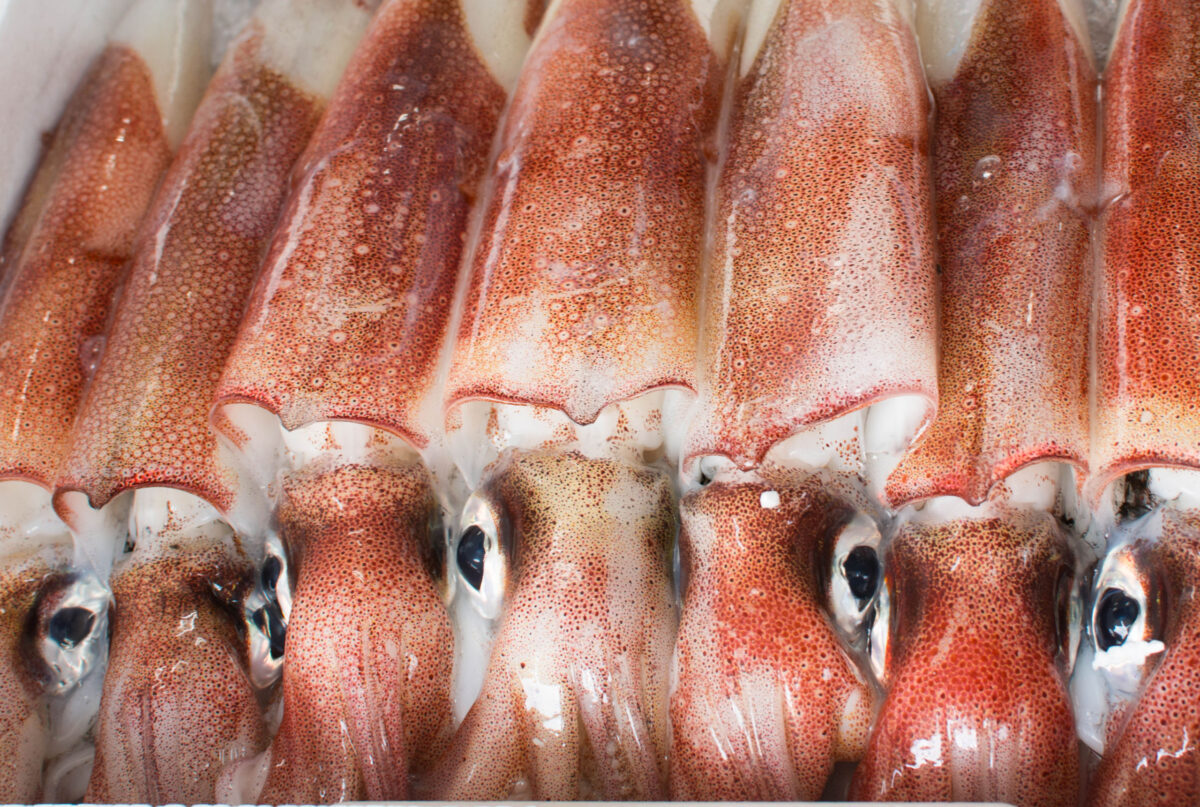
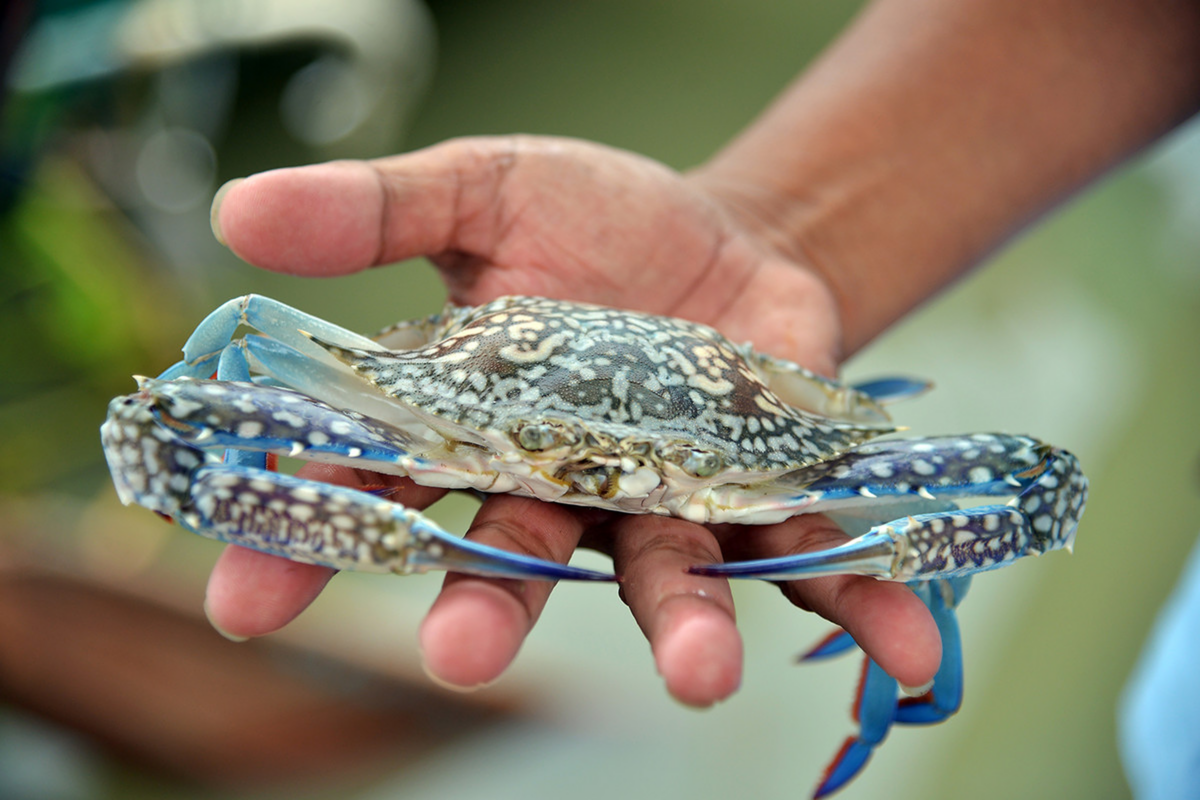
Swimming Crab
This sector comprises all sources of blue swimming crab (Portunus pelagicus) and crab species that can substitute for blue swimming crab in the market, i.e., blue crab (Callinectes sapidus), Central American swimming crab species (Callinectes spp.), red spot swimming crab (Portunus sanguiolentus), and red swimming crab (Portunus haanii). Swimming crab is usually traded dried, prepared, or preserved, with China, the United States, South Korea, and Japan as the most important end markets.
Related SR: Southeast Asian Blue Swimming Crab
Tuna
This sector comprises albacore, bigeye, skipJack, and yellowfin tuna from all fisheries. Note that this does not include the three bluefin species, nor any neritic tunas, as SFP recognizes that interventions to improve their fisheries require a different approach, given smaller volumes in specialist markets that may be out of reach. Tuna is destined for fresh and frozen markets, mainly in Japan, Spain, Italy, and the US, as well as shelf-stable markets in North America and Europe.
Related SR: Global Longline Tuna
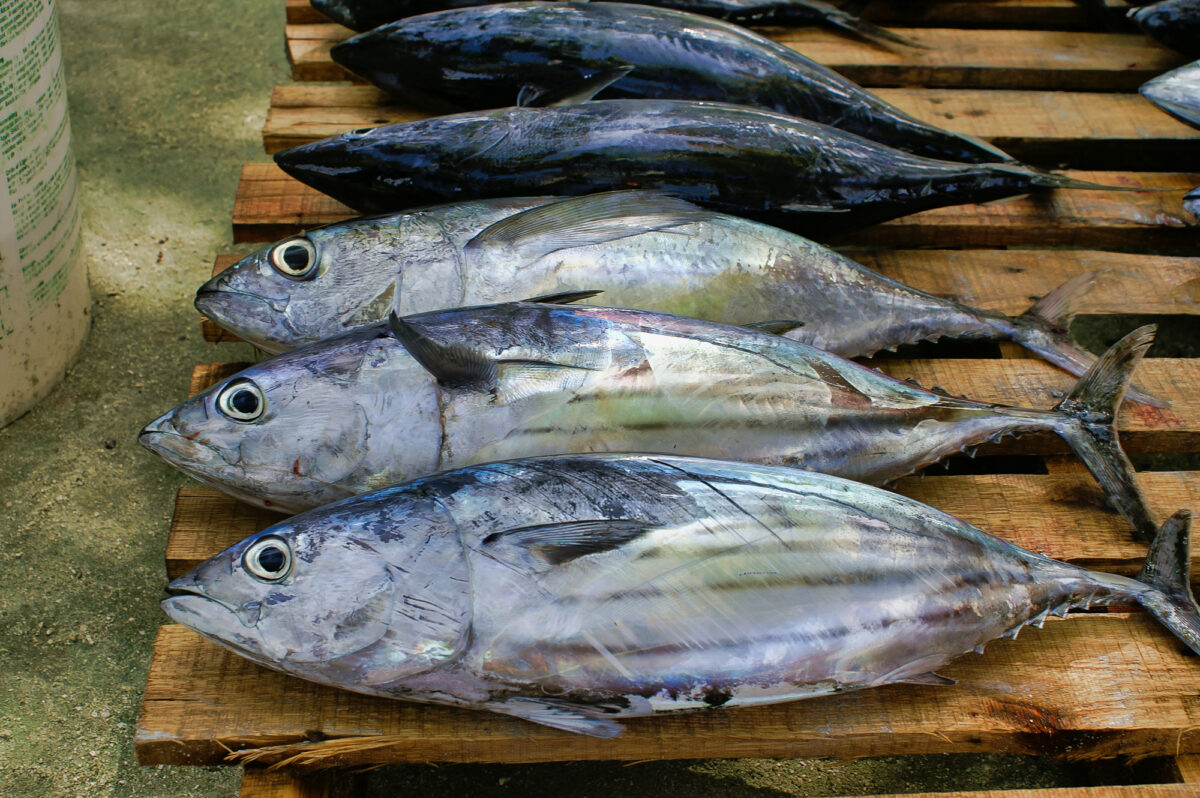
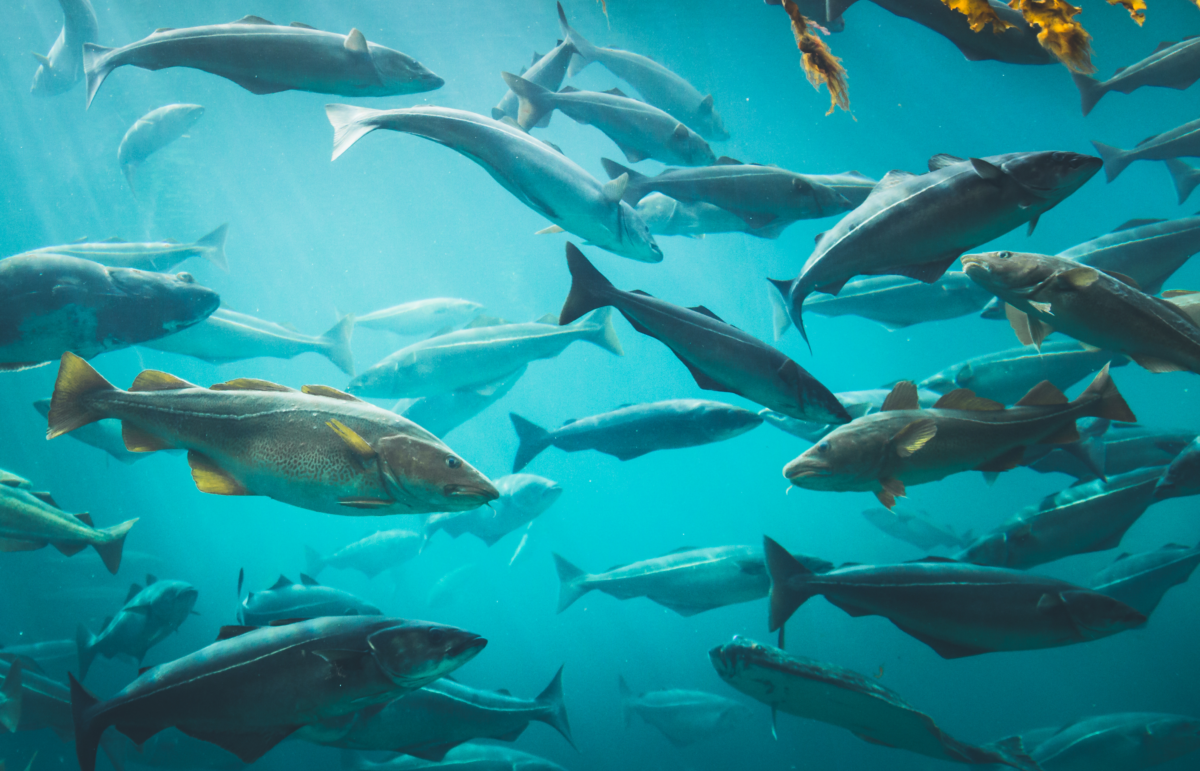
Wild Classic Whitefish
The wild (“classic”) whitefish sector consists of species such as pollock, cod, haddock, and other marine groundfish that are entirely wild-caught. In terms of species groups, it includes all species of FAO ISSCAAP group 32 (Cods, Hakes, Haddocks), with the following exceptions: Micromesistius poutassou (blue whiting), Merlangius merlangus (whiting), Trisopterus spp. (Norway pout, pouting, poor cod), plus species classified as whitefish in FS but not ISSCAAP 32 (i.e., Sablefish, Patagonian toothfish, Antarctic toothfish, New Zealand blue cod, and American yellow perch). More than two-thirds of wild whitefish production comes from three countries, Russia, the United States, and Norway, and the majority is exported into the US and European markets.
Related SR: Global Whitefish
Marine Ingredients
The scope of this sector was expanded in 2021, both to align with SFP’s efforts to scale-up our work on reduction fisheries – those supplying marine ingredients – from three regional SRs to one global one, but also to include others users (e.g., pet food, surimi, nutraceuticals) besides fish meal and fish oil. Broadly, the sector includes three sub-sectors, which cover the components of marine ingredients mentioned above:
-
Classic reduction: The updated “classic reduction” sub-sector definition (see blue box in diagram) is largely based on an agreed list of fisheries that mainly rely on whole-fish source fisheries from the Atlantic and Eastern Pacific Oceans that are of most relevance to manufacturers of aquaculture feed (primarily salmon feed). It includes species such as the Latin American anchoveta and sardines, US menhadens, European sprat, and blue whiting, etc. In terms of production (FAO reported catches), these species/sources represented roughly 11 million tonnes in 2019.
-
Asia reduction and marine ingredients: This sub-sector includes all of the production from species groups that may mostly be captured by multispecies trawl and small-pelagics-directed fisheries, and are used for reduction or marine ingredients, at least to some extent. Due to the lack of up-to-date and reliable estimates on production directly used for this purpose, the sub-sector includes production from 14 Asian countries (Bangladesh, China, India, Indonesia, Japan, Malaysia, Maldives, Myanmar, the Philippines, South Korea, Sri Lanka, Thailand, Timor-Leste, Viet Nam) and five existing ISSCAP (the FAO International Standard Statistical Classification of Aquatic Animals and Plants) species groups (herrings, sardines, and anchovies; marine fishes not identified; miscellaneous coastal fishes; miscellaneous demersal fishes; and miscellaneous pelagic fishes) that is not already covered by another T75 sector.
-
Other: This sub-sector includes production from the five ISSCAAP groups above that is not already covered by the Asia or classic reduction sub-sector, or another T75 sector. In Asia and globally, many species used for canning (e.g., herring, mackerel) are not covered by current SRs, but fit well under an expanded marine ingredients sector. For example, the North Atlantic Pelagic Advocacy group brings together retailers, feed companies, and others working to address common issues in herring and mackerel (human consumption) and blue whiting (marine ingredients) fisheries. Not only does this approach allow us to approach new fishery stakeholders in Asia, but it provides a strong set of arguments for larger companies that are involved in aquaculture, surimi, and canning that likely involve fish from the same fisheries.
Related SR: Global Marine Ingredients
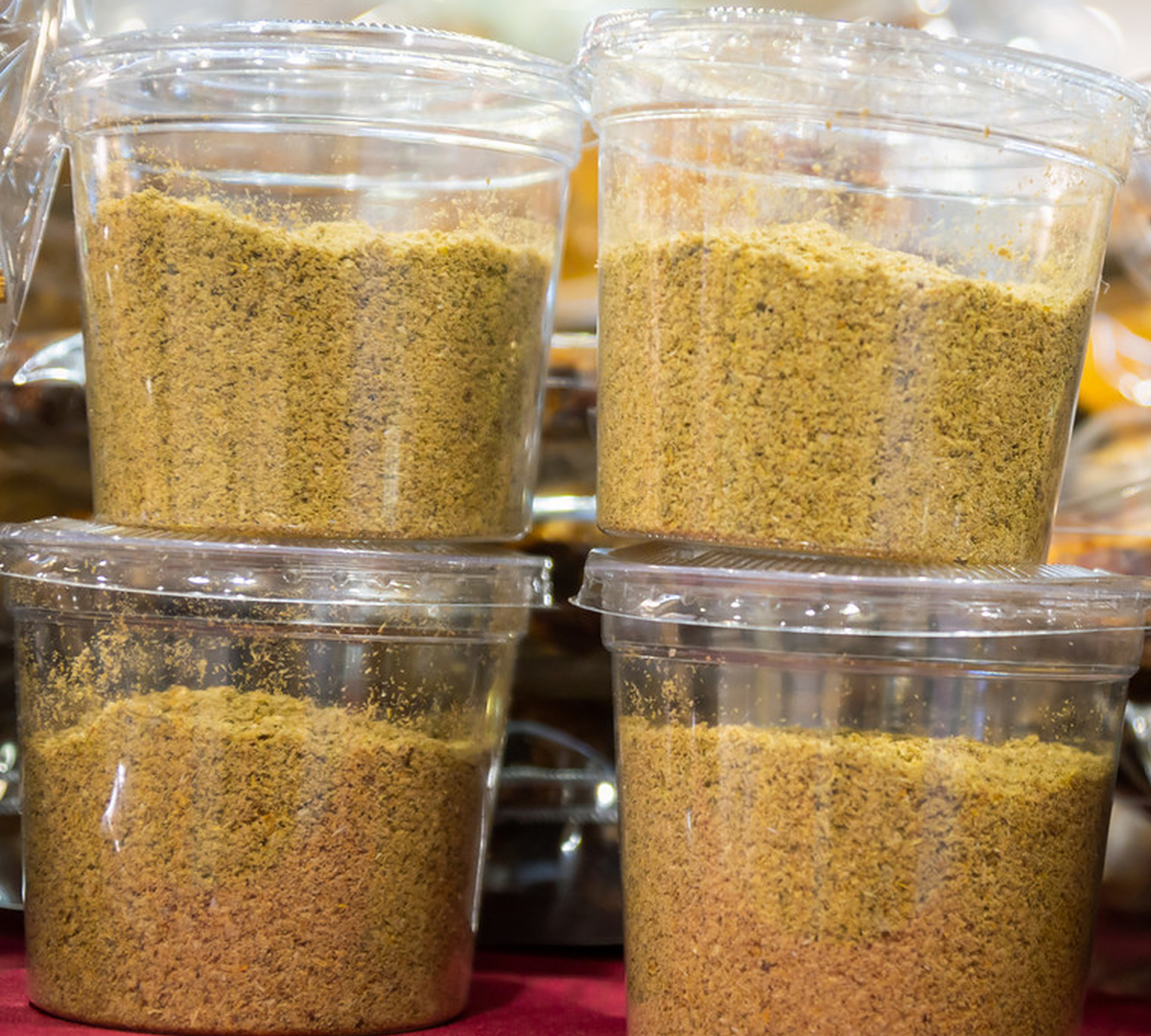
Let's get to Target 75
Learn more about how you can help support the goals of the Target 75 initiative.
